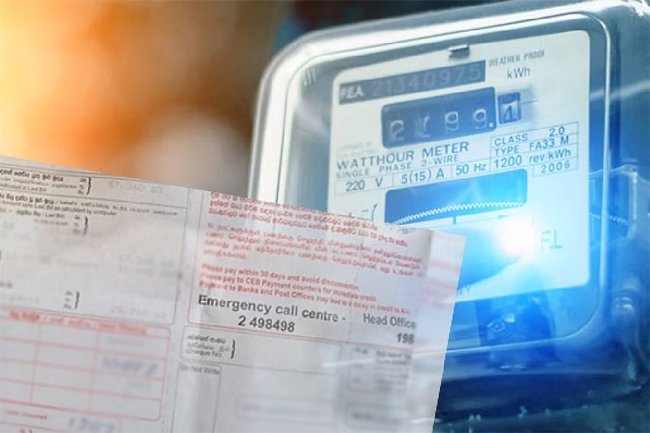Ensuring Food Security in Sri Lanka
Sri Lanka’s agricultural sector has always been a cornerstone of its economy, providing essential food supplies and supporting the livelihoods of millions. However, the economic crisis and disruptions caused by the pandemic exposed vulnerabilities in the sector, leading to food insecurity and dependence on imports. To address these challenges, Sri Lanka has undertaken significant efforts to stabilize its agricultural sector and ensure food security(Agricultural Sector Stabilization). Here’s an in-depth look at the strategies implemented and their impact on the nation.
Understanding the Agricultural Crisis
Before diving into the solutions, it’s crucial to grasp the depth of the agricultural crisis. The pandemic, coupled with economic instability, led to disruptions in farming activities, supply chains, and market access. Many farmers faced shortages of essential inputs like fertilizers and seeds, while rising costs and logistical challenges further exacerbated the situation(Agricultural Sector Stabilization). This led to reduced agricultural productivity and an increased reliance on imported food, straining the country’s resources.

Government Initiatives and Support
To combat the crisis, the Sri Lankan government launched several initiatives aimed at stabilizing the agricultural sector. These efforts focused on providing immediate relief to farmers, boosting productivity, and enhancing food security.
Subsidies and Financial Assistance: The government introduced subsidies for fertilizers and other agricultural inputs to alleviate the financial burden on farmers(Agricultural Sector Stabilization). This measure aimed to reduce production costs and encourage increased agricultural output.
Improved Irrigation Infrastructure: Recognizing the importance of effective water management, investments were made in enhancing irrigation infrastructure. This included repairing and upgrading existing systems, as well as implementing new technologies to optimize water use.
Support for Smallholder Farmers: Smallholder farmers, who make up a significant portion of Sri Lanka’s agricultural community, received targeted support. This included access to low-interest loans, training programs, and resources to improve farming practices and increase yields.
Promotion of Sustainable Practices: The government encouraged the adoption of sustainable agricultural practices to ensure long-term productivity and environmental health. This included initiatives to reduce soil degradation, promote organic farming, and improve land management.
Strengthening Food Supply Chains
Stabilizing the agricultural sector also required a focus on strengthening food supply chains. The government worked to address logistical challenges and improve market access for farmers. This involved:
Improving Transportation Networks: Investments were made in transportation infrastructure to facilitate the movement of agricultural products from farms to markets. This aimed to reduce delays and costs associated with transporting goods.
Expanding Market Access: Efforts were made to connect farmers with local and regional markets, including through digital platforms. By improving access to markets, farmers could obtain fair prices for their products and reduce the impact of middlemen.
Enhancing Storage Facilities: To reduce post-harvest losses, the government invested in building and upgrading storage facilities(Agricultural Sector Stabilization). This helped to preserve the quality of agricultural products and ensure a steady supply of food throughout the year.
Promoting Innovation and Technology
Innovation and technology played a crucial role in the agricultural sector’s stabilization efforts. The government and various stakeholders promoted the use of modern technologies to improve efficiency and productivity. Key initiatives included:(Agricultural Sector Stabilization)
Adoption of Precision Agriculture: Technologies such as drones, sensors, and data analytics were introduced to optimize farming practices. Precision agriculture techniques helped farmers make data-driven decisions and enhance crop management.
Research and Development: Investment in research and development focused on developing new crop varieties, improving pest control methods, and enhancing soil health. These advancements aimed to increase resilience and productivity in the face of changing environmental conditions.
Training and Education: Training programs were established to educate farmers on new technologies and best practices. By providing access to knowledge and resources, the government aimed to empower farmers and improve their overall effectiveness.
Impact and Future Outlook (Agricultural Sector Stabilization)
The stabilization of Sri Lanka’s agricultural sector has yielded positive results. Increased productivity, improved food security, and enhanced support for farmers have contributed to a more resilient agricultural system. However, ongoing challenges remain, including climate change, market fluctuations, and the need for continued investment(Agricultural Sector Stabilization).

Looking ahead, Sri Lanka’s focus on sustainable practices, technological innovation, and strengthened supply chains will be crucial in maintaining and building on these gains. By addressing these challenges and embracing new opportunities, Sri Lanka can ensure a stable and prosperous future for its agricultural sector.
Conclusion
Sri Lanka’s efforts to stabilize its agricultural sector reflect a commitment to ensuring food security and supporting the nation’s economic well-being. Through targeted initiatives, investments in infrastructure, and the promotion of sustainable practices, the country is working towards a more resilient and productive agricultural system(Agricultural Sector Stabilization). As Sri Lanka continues its recovery journey, the lessons learned from these efforts will guide future strategies and contribute to long-term success.















